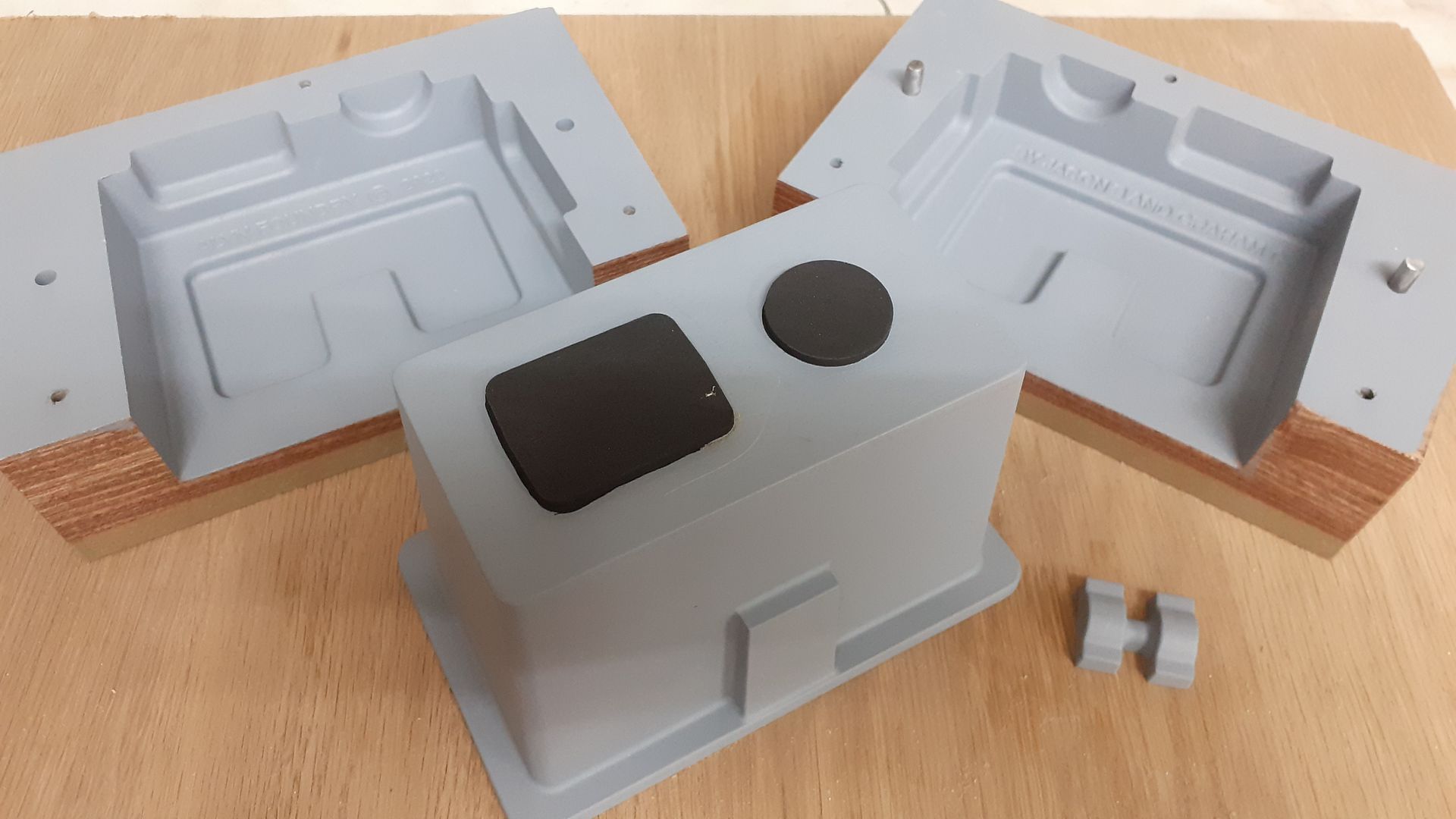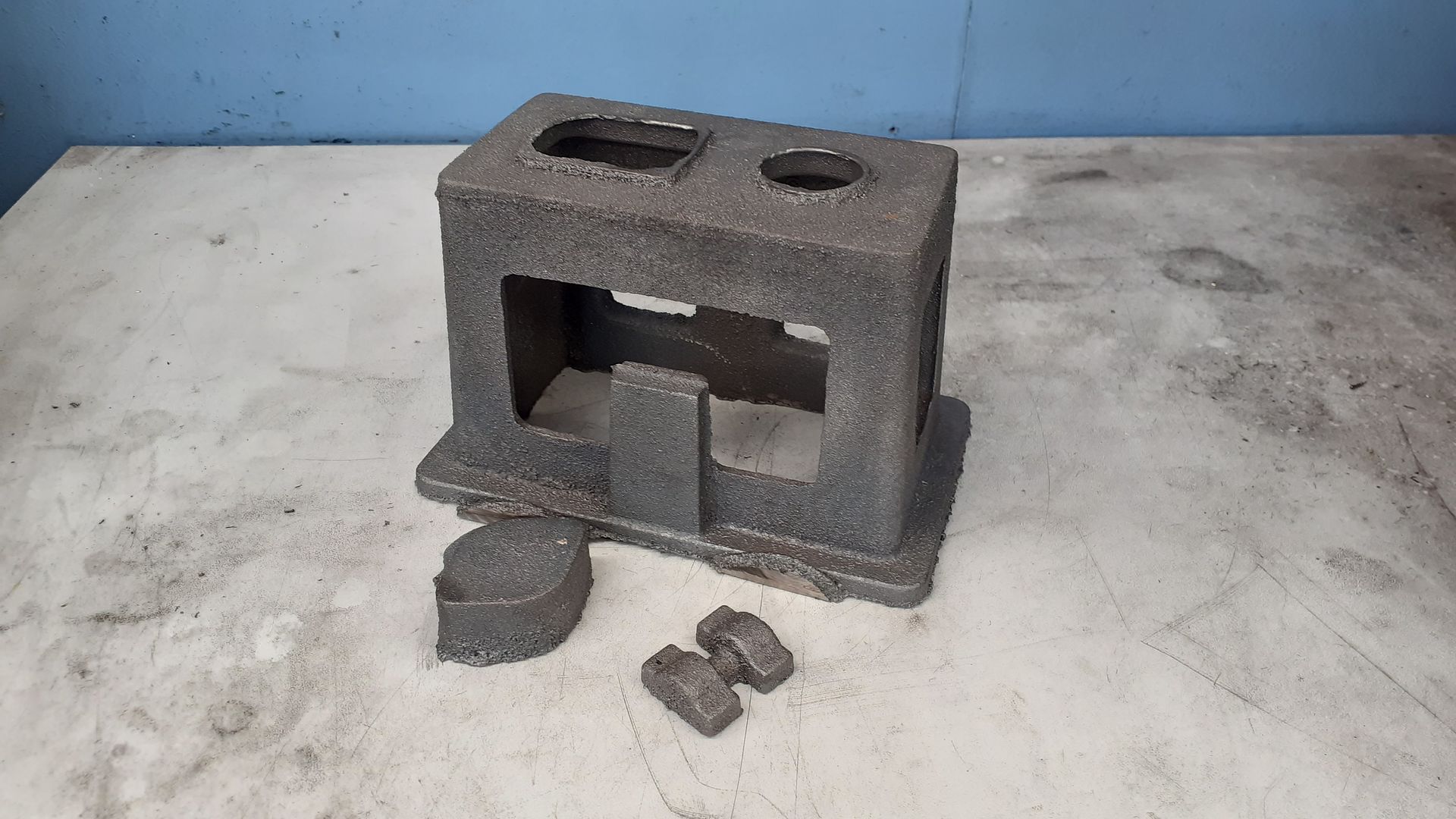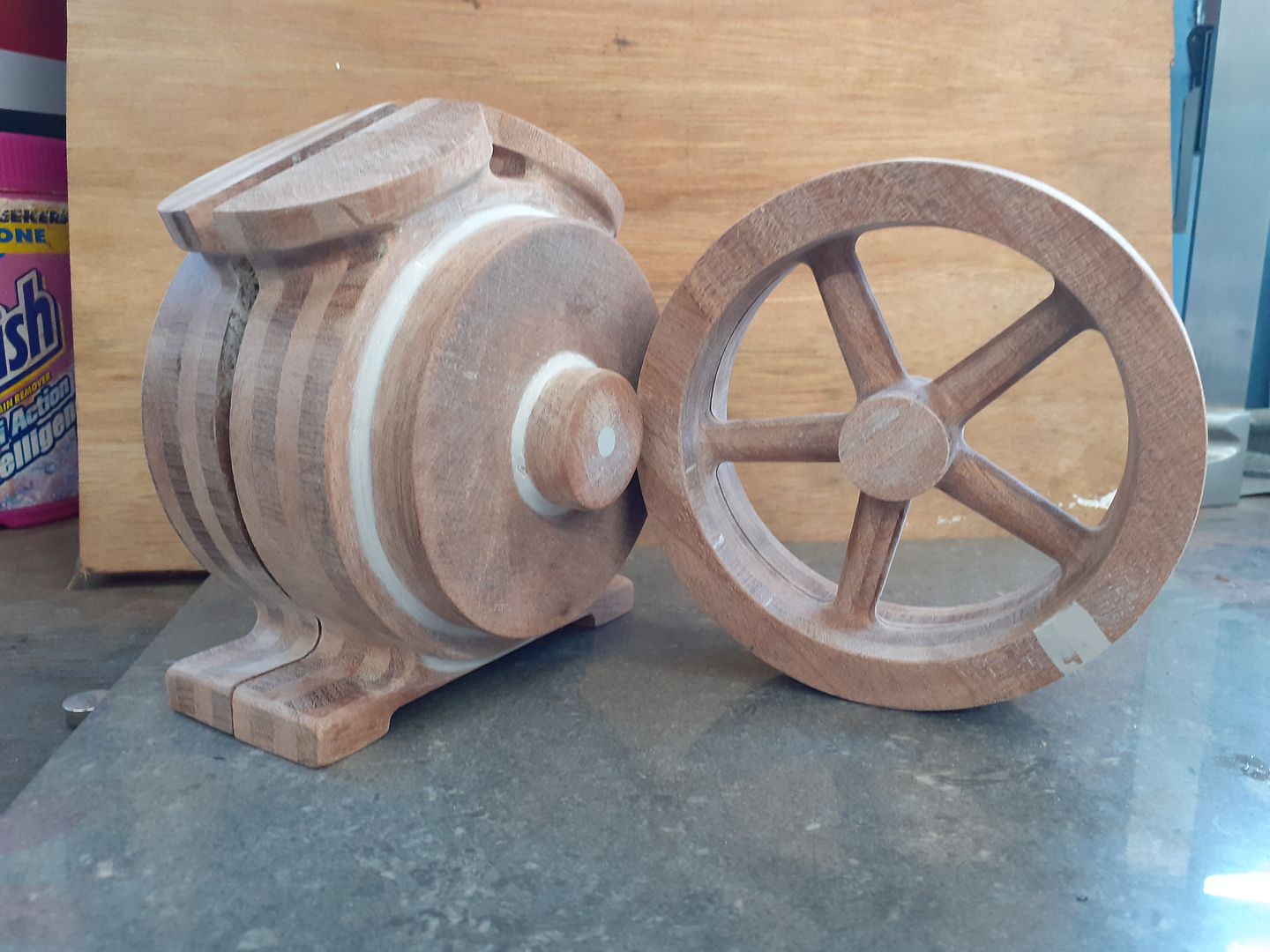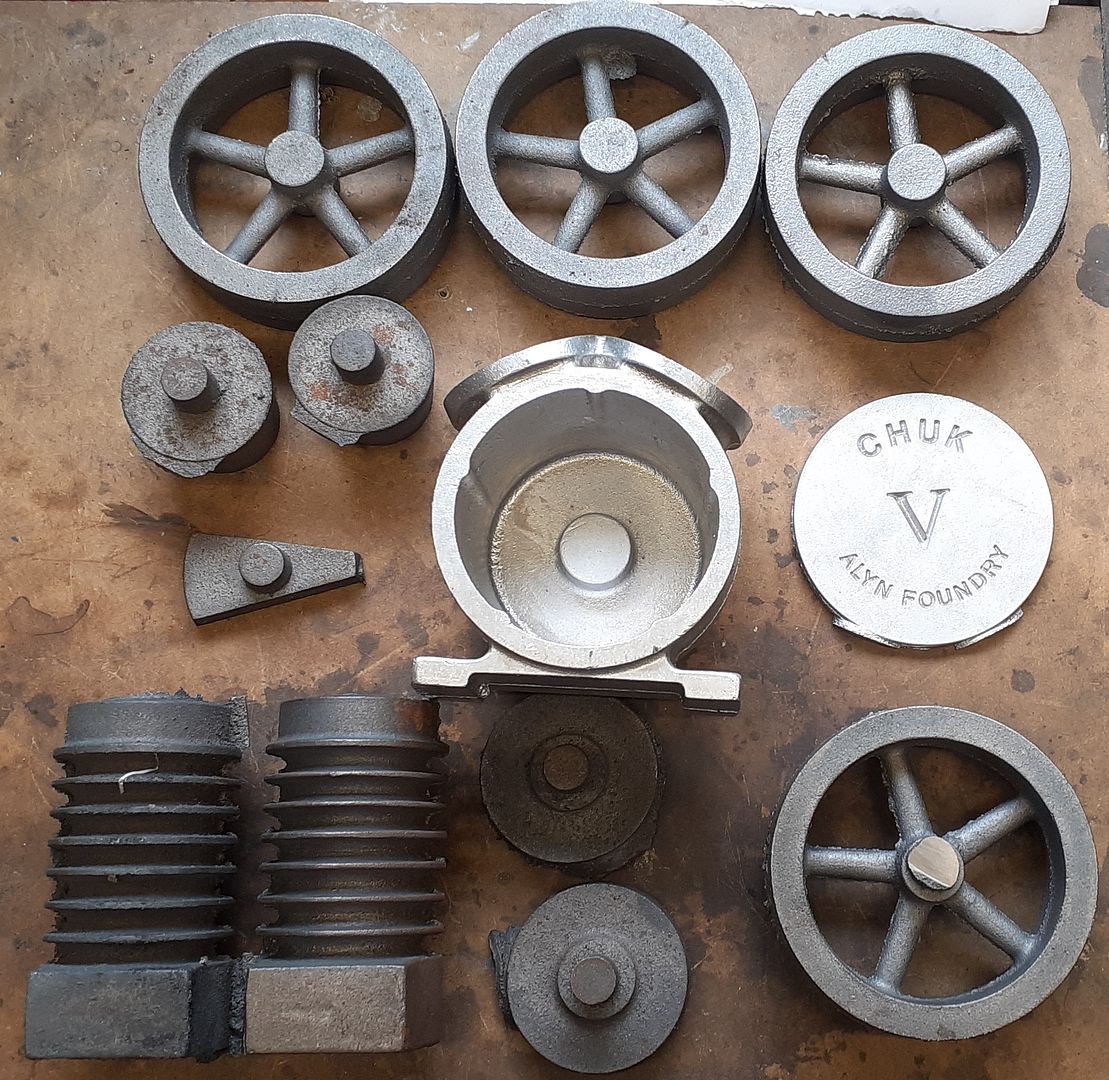- Joined
- Sep 2, 2011
- Messages
- 1,407
- Reaction score
- 415
was just thinking while mowing the yard about trying my hand at casting using 3d printed pattern. ive done normal sand casting's - very few and not important pieces either. but while my mind was wandering while mowing i was wondering just how much shrinkage really occurs when casting aluminum?
i understand there are many variables such as alloy, head preasure and extra liquid metal pushing into the mold, pour temperature and mold temperature and just a whole lot of other things.
but that said, i was just wondering if there was a close or base rule of thumb like 5% shrinkage is a good starting point for unknown mixture of alluminum alloys like a batch of old extruded alumunum mixed with 6061, 2024 and beer cans for example.
i do understand without knowing all the variables it would likely be impossible to say just how much but if i took a 1-2-3 block and wanted to use it as a pattern to cast in aluminum, would the outcome piece be roughly 5%, 10% etc smaller? how much bigger would you start with your pattern with the given unknown alloy as just see?
if using a broken part that maybe i glued back together - lets say an old water pump off a truck, would i layer up wax on the outside to make it a little bit bigger? (that thought came from seeing a video of foundry work being done on a Navy ship of what appeared to be a differential cover and they took the old one that was cracked and cast a new one from it. but didnt show them adding any wax or anything to enlarge it to compensate for shirinkage.
i understand there are many variables such as alloy, head preasure and extra liquid metal pushing into the mold, pour temperature and mold temperature and just a whole lot of other things.
but that said, i was just wondering if there was a close or base rule of thumb like 5% shrinkage is a good starting point for unknown mixture of alluminum alloys like a batch of old extruded alumunum mixed with 6061, 2024 and beer cans for example.
i do understand without knowing all the variables it would likely be impossible to say just how much but if i took a 1-2-3 block and wanted to use it as a pattern to cast in aluminum, would the outcome piece be roughly 5%, 10% etc smaller? how much bigger would you start with your pattern with the given unknown alloy as just see?
if using a broken part that maybe i glued back together - lets say an old water pump off a truck, would i layer up wax on the outside to make it a little bit bigger? (that thought came from seeing a video of foundry work being done on a Navy ship of what appeared to be a differential cover and they took the old one that was cracked and cast a new one from it. but didnt show them adding any wax or anything to enlarge it to compensate for shirinkage.










































![DreamPlan Home Design and Landscaping Software Free for Windows [PC Download]](https://m.media-amazon.com/images/I/51kvZH2dVLL._SL500_.jpg)
































